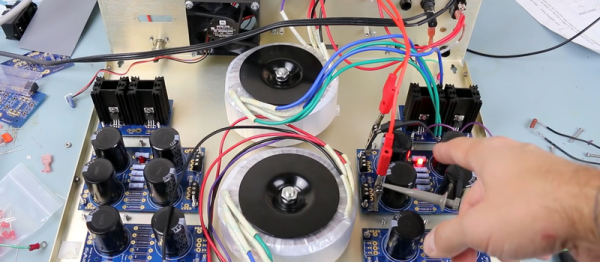One only has to ship one or two things via a container, receiving them strangely damaged on the other end, before you start to wonder about your shipper. Did they open this box and sort of stomp around a bit? Did I perhaps accidentally contract a submarine instead of a boat? Did they take a detour past the sun? How could this possibly have melted?
[Jesus Echavarria]‘s friend had similar fears and suspicions about a box he is going to have shipped from Spain to China. So [Jesus] got to work and built this nice datalogger to discover the truth. Since the logger might have to go for a couple of months, it’s an exercise in low power design.
The core of the build is a humble PIC18. Its job is to take the information from an ambient light, temperature, and humidity sensor suite and dump it all to an SD card. Aside from the RTC, this is all powered from a generic LiPo power cell. The first iteration can run for 10 days on one charge, and that’s without any of the low power features of the microcontroller enabled. It should be able to go for much longer once it can put itself to sleep for a period.
It’s all housed in a 3D printed case with some magnets to stick it to shell of the shipping container. Considering the surprisingly astronomical price of commercial dataloggers, it’s a nice build!

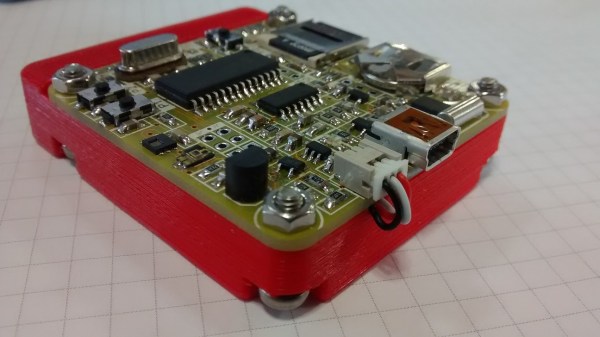
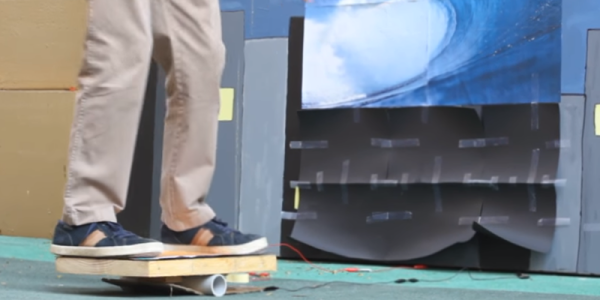
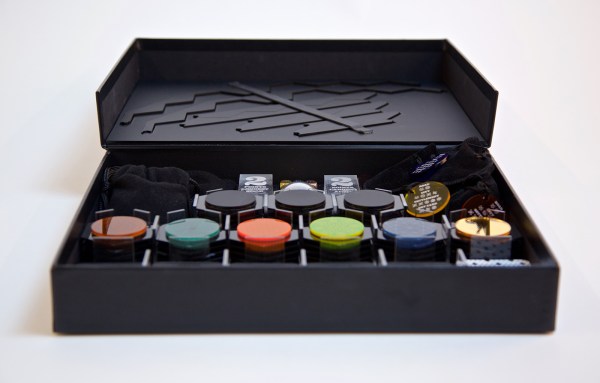
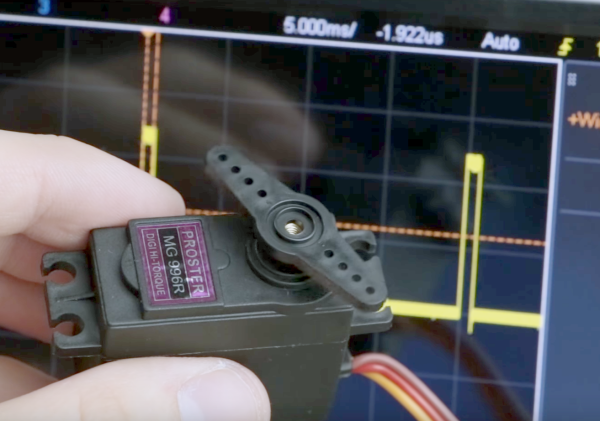
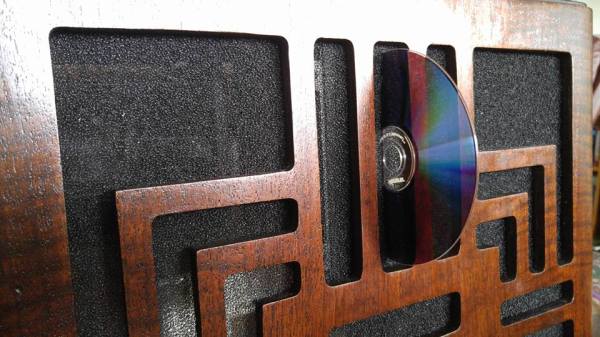
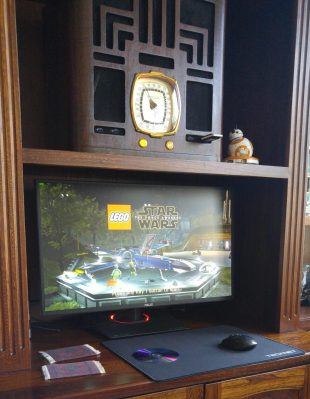 Clearly a labor of love, [SolomonZaraa]’s two-year effort guts the radio but still manages to pay homage to the original beauty of the 1939 vintage
Clearly a labor of love, [SolomonZaraa]’s two-year effort guts the radio but still manages to pay homage to the original beauty of the 1939 vintage 